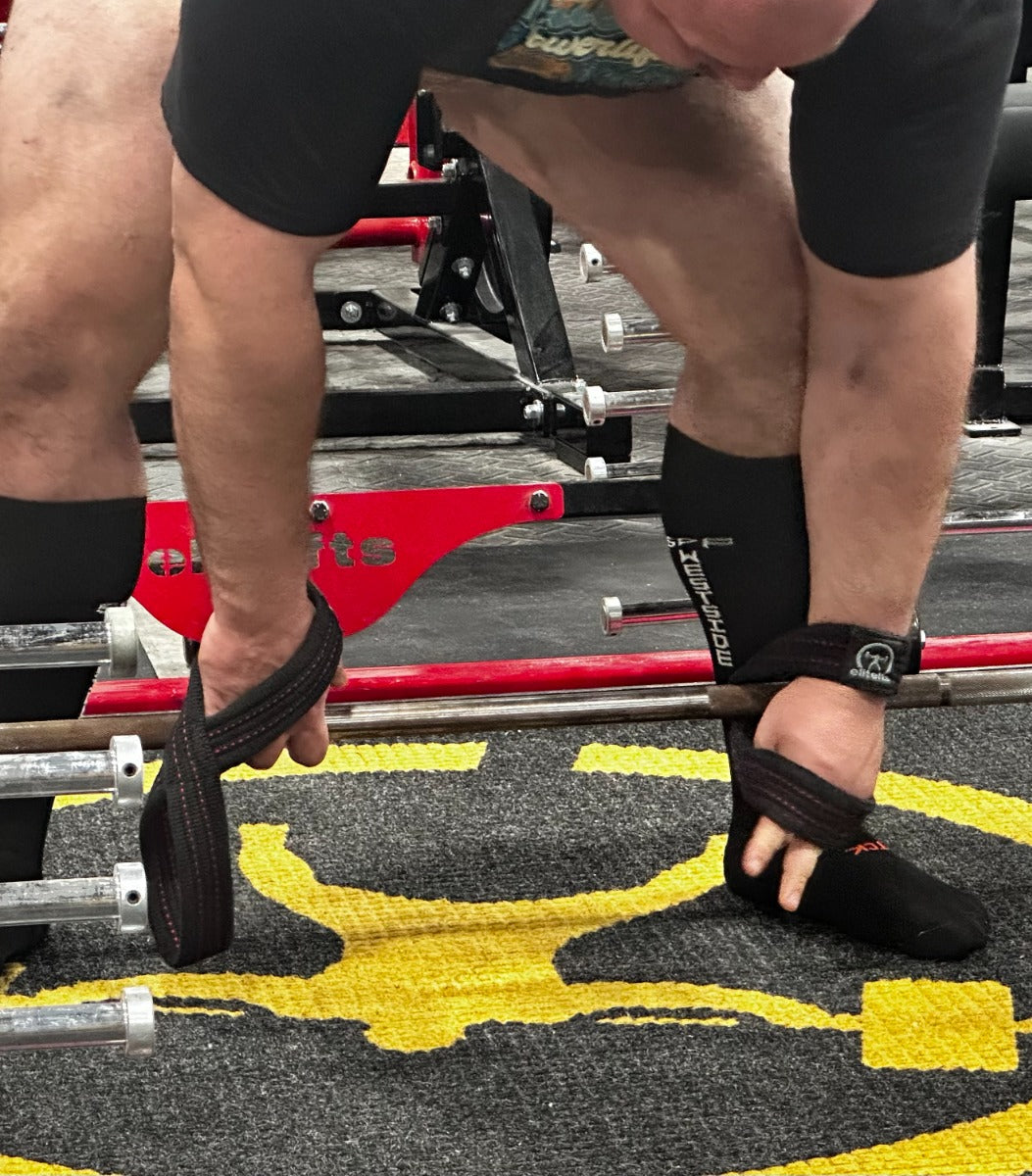"I always assume I'm the dumbest person in the room." —Cal Dietz
If that is the case, then Cal Dietz must hang out with geniuses on a regular basis. Cal is the success story that most strength coaches would want to have the lead role in. Cal played football and wrestled at Findlay University and worked his way to earn the position of Head Strength and Conditioning Coach for Olympic Sports at the University of Minnesota. While at the helm for the Golden Gophers, Cal's athletes and teams has amassed 32 Big Ten titles, nine national championships, and over 500 All-Americans.
Cal Dietz will be the first to give credit to the athletes and sport coaches. He admits that it is not solely his Tripahsic Training but the work-ethic and intensity of his athletes that leads to their success. Cal works with numerous professional and Olympic athletes in addition to his college players. Cal confesses he is still a work-in-progress himself, and never stops learning.
Often in coaching you have the opportunity to feel like you know another coach before actually meeting them. We often form opinions of these coaches based on their writing, presentations, videos or their reputation expressed by colleagues. Meeting in person either reinforces your preconceptions, or shatters them. When I met Cal Dietz at the 2011 CSCCa conference, I already knew he was the real-deal. Cal is one of the most popular and respected coaches. Those two attributes are rarely found together, but Dietz has earned both distinctions through his unselfish demeanor and humble attitude.
After watching Cal present many times at various conferences, I asked him to speak at the NSCA Ohio State Clinic this May. More importantly, I got the opportunity to interact with Cal all weekend and learned a lot more about the man behind the coach. When he wasn't blowing minds at the clinic or in conversation, he was casually hitting a 600 pound deadlift at the S4 Compound. Cal presented twice during the clinic. The first was on Advanced Methods of Triphasic Training and the second was a hands-on demonstration of appropriate jumps training in conjunction with his French Contrast Training.
Cal Dietz is the real-deal. If you listen to the podcast, I am sure you will agree that his knowledge, experience, and humility make him a coach worth looking up to.Topics in this Podcast
- What Cal attributes the success of his teams to
- How Triphasic Training has evolved
- Triphasic Training in relation to non-cyclical sports
- General Overview of Triphasic Training
- Approximate loads for eccentric and isometric training
- Three-day undulating model
- Post-Activation Potentiation and French Contrast Training
- Peaking cycle, skill acquisition, and Olympic lifting
- Sports-specific conditioning
- Advice for young strength & conditioning coaches
Related Articles
Antagonistically Facilitated Shock Training
By the Coach for the Coach: Triphasic Training
Three Questions for Coach Kevin Argauer

Elitefts™ Sports Performance Podcast on iTunes
Elitefts™ Iron Subcultrue Podcast on iTunes

Triphasic Training is the pinnacle of sports performance training. That’s not hype. Cal Dietz, strength coach at the University of Minnesota, has the results to back up this claim: a Hobey Baker Award winner, two Big Ten Athletes of the Year, over 400 All-Americans, 30 Big Ten/WCHA championship teams, 7 NCAA National Team Champions, and 14 teams that finished in the top four in the nation. Over the past decade, Coach Dietz has worked with thousands of collegiate and professional athletes, incorporating the latest scientific research into developing his Triphasic Training method. His approach breaks down athletic movements into their three components — eccentric, isometric, and concentric — allowing for the continuous development of athletes, maximizing their strength, speed, and power. In this easy-to-understand book, Coach Dietz has teamed up with exercise physiologist, Ben Peterson, to explain the physiological foundations of Triphasic Training and how they can be applied to training to make athletes bigger, stronger and faster than ever before. The authors give examples of complete programs, as well as examples of how to incorporate the Triphasic method into existing programs, with descriptions on adapting it to virtually any scenario. Included in the book:
- 5 complete 24-week training programs designed for 6-day, 5-day, 4-day, 3-day, or 2-day training models.
- Over two dozen tables showing when and how to modify exercises to ensure continuous improvement in athletes.
- Peaking programs for football lineman and skill players; swimmers; baseball, volleyball, and hockey players (among others).
- A complete 52-week training program for football.








































































































